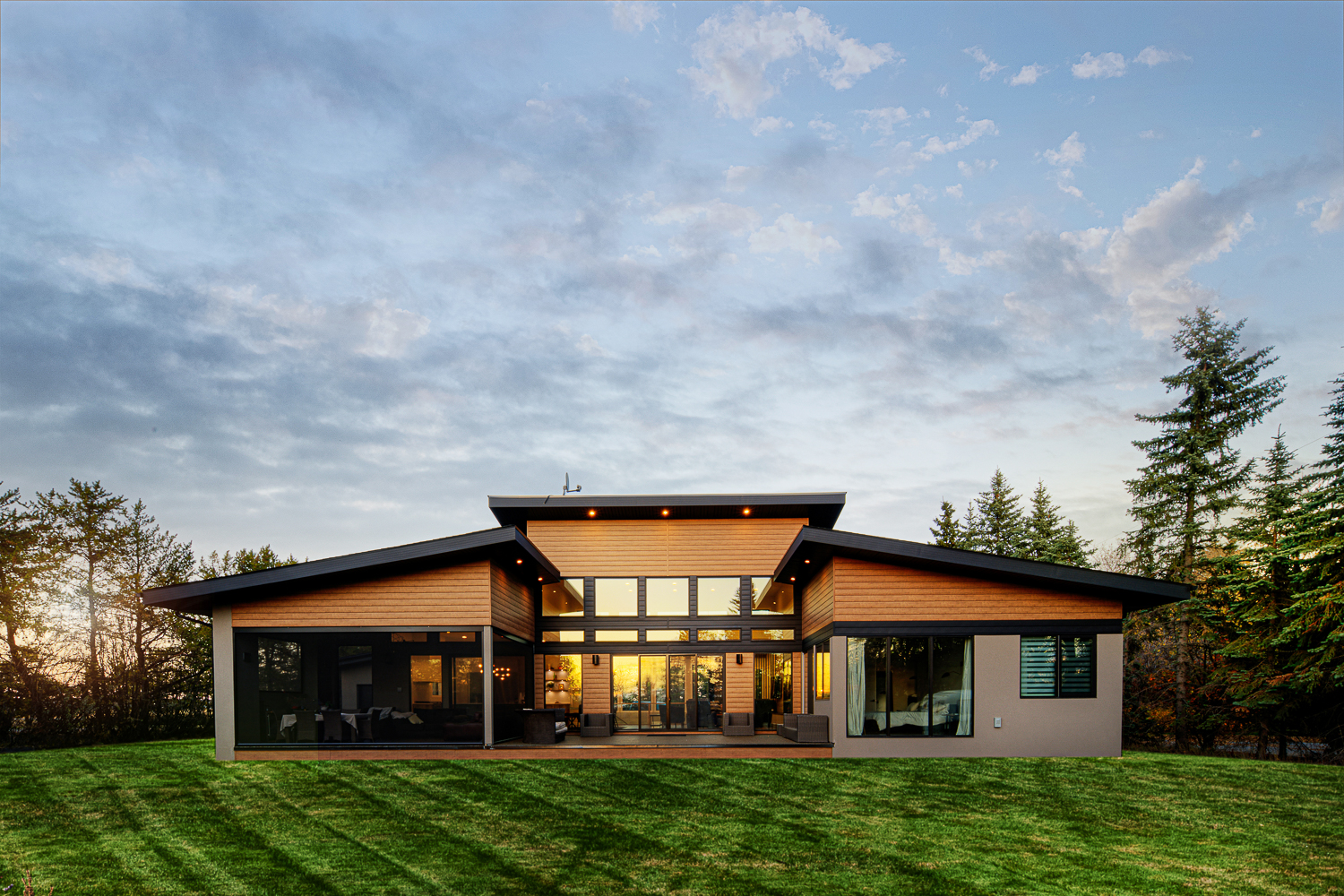By Paul McGavigan, Partner
Embarking on a home building or major renovation project is exciting. It’s more than just construction—it’s an opportunity to strengthen community bonds and lay the foundation for a thriving neighborhood. Community engagement plays a pivotal role in ensuring the success of such projects, fostering a sense of belonging, and creating a harmonious environment for both current and future residents. At Alair, we’re committed to continuous community engagement to ensure each project’s success.
When you’re undertaking a home build or significant renovation, it’s crucial to involve the neighbors in the early stages. Construction of any kind is a disruptive force in the community, from increased traffic from trades to noise that comes along with any site project. Creating open communication channels with the community can ease concerns, build trust, and create a collaborative atmosphere. This ensures a smoother construction process and sets the stage for positive relationships among neighbors.
A notable advantage of engaging the community is the sense of inclusion it brings to the homeowners. Feeling connected to the community even before taking possession significantly enhances their overall experience and satisfaction with their new home. Holding community meetings, providing project updates, and addressing concerns transparently helps to build a sense of unity and shared purpose.
Involving neighbors in the process allows for collective problem-solving and input; ensuring that the new construction aligns with the existing character of the neighborhood. This collaborative approach leads to designs that are both aesthetically pleasing and harmonious with the surrounding environment, adding value to the entire community.
Community engagement goes beyond the planning and construction phases—it extends to the ongoing safety and security of the site. Engaged neighbors often take pride in looking out for one another, including keeping an eye on the construction site after hours. This added vigilance contributes to a safer environment, deterring potential security issues and vandalism. The shared responsibility fosters a sense of collective ownership and protection.
The builder, as a key player in the project, plays a critical role in initiating and maintaining positive community engagement. They serve as the face of the project and, by extension, the homeowners themselves.
A builder who is actively involving the community and communicating effectively can shape a positive perception of the project, and foster long-term relationships in the community.
Builders should organize community events, share project timelines, and address concerns promptly. This proactive approach not only builds goodwill but also establishes a positive first impression for the new homeowners. When the community sees the builder as a trustworthy and considerate partner, it sets the tone for a positive relationship between the residents and the construction team.
In conclusion, community engagement is not an optional aspect of home construction or major renovations; it is a fundamental component that contributes to the success and sustainability of the project. By involving neighbors from the outset, builders can create a supportive environment, enhance the new homeowners’ sense of belonging, and ensure the safety and security of the construction site. Ultimately, building together strengthens the community fabric, leaving a lasting legacy of collaboration and unity.
